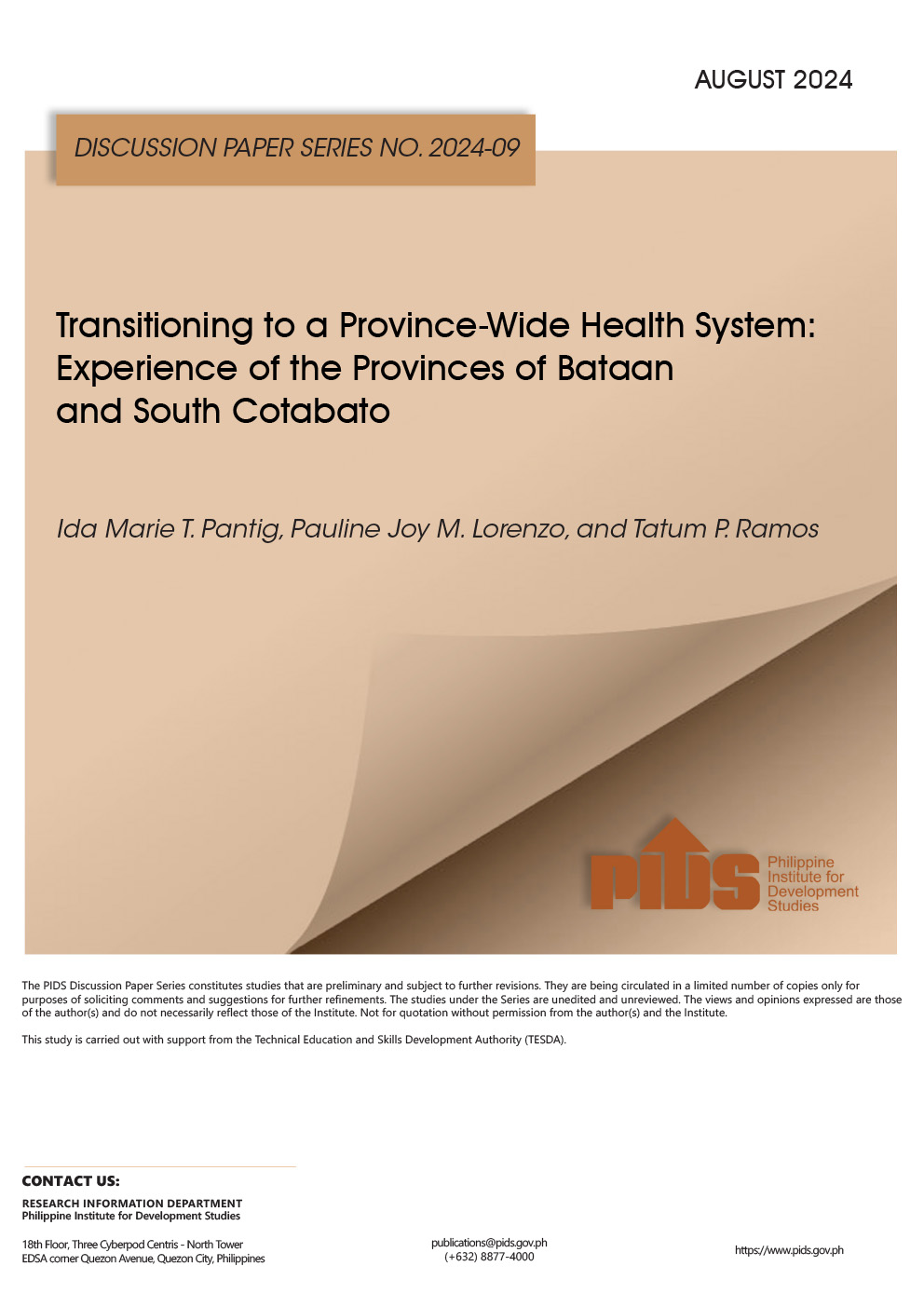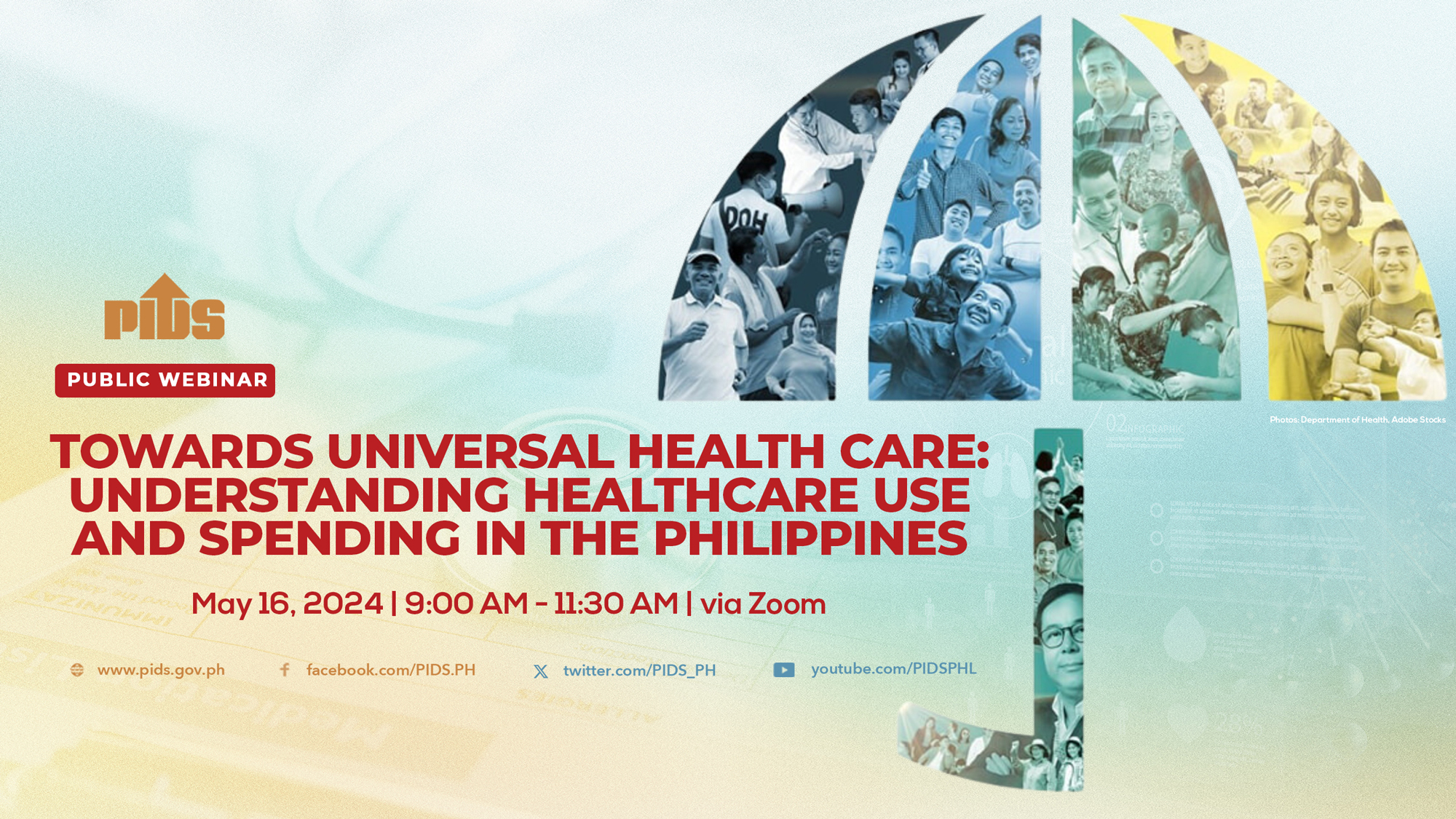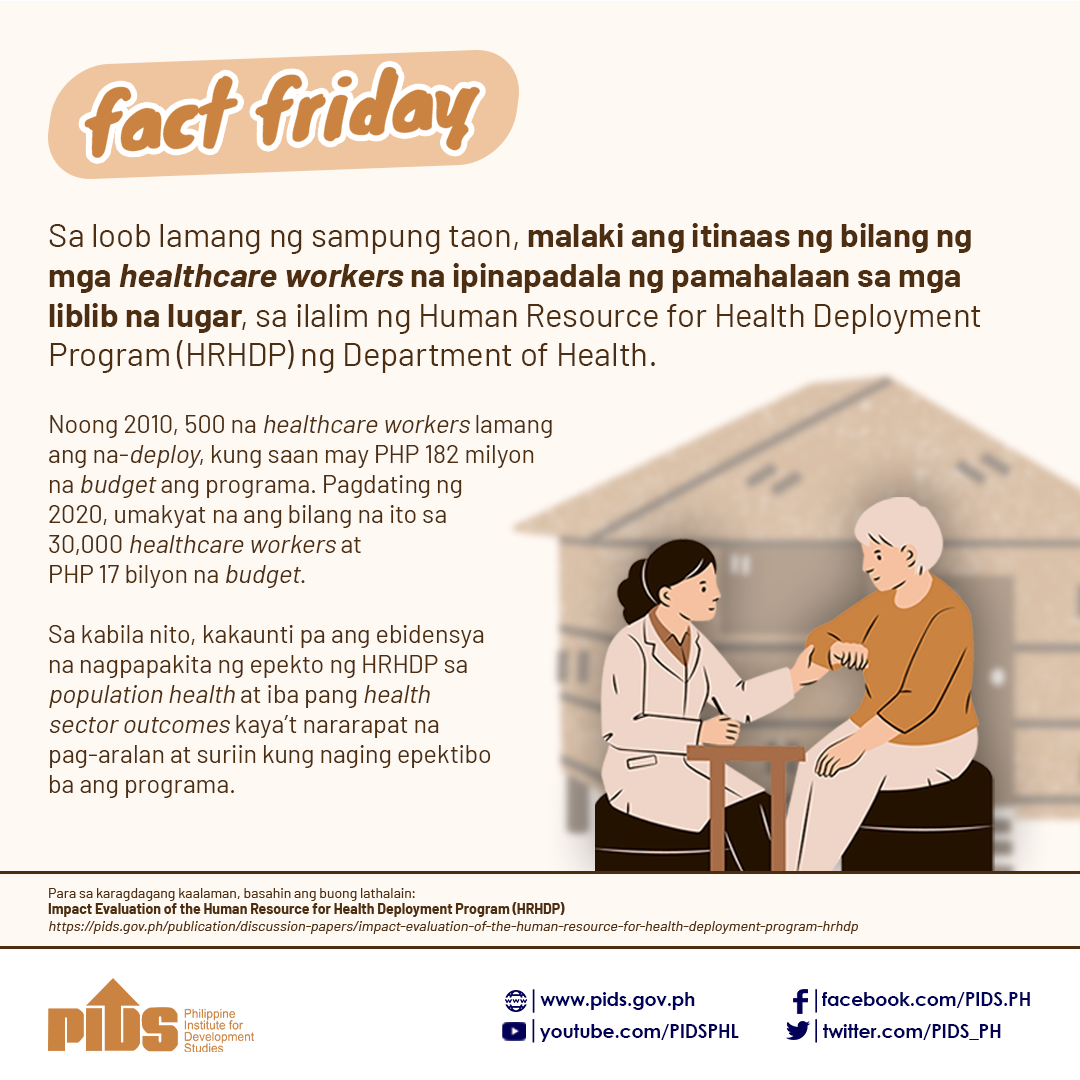As the country embarks on universal health coverage reforms, it is crucial to monitor various healthcare quality indicators to improve service delivery in Philippine hospitals.
This was emphasized in a recent study of the Philippine Institute for Development Studies (PIDS), authored by PIDS Senior Research Fellow Valerie Gilbert Ulep, PIDS Supervising Research Specialist Jhanna Uy, PIDS Research Analyst Lyle Daryll Casas, and PIDS Consultant Christian Edward Nuevo.
In 2019, the national government passed Republic Act 11223 or the Universal Health Care (UHC) Act, which provides a wide range of reforms that “guarantees all Filipinos access to affordable and high-quality care that is responsive to their needs and preferences”.
The authors pointed out that “these reforms could only be realized through robust monitoring of healthcare quality,” adding that the latter has been overlooked as a core element of the healthcare system.
However, this is challenging in low- and middle-income countries like the Philippines because it “requires harmonized indicators from different government agencies, standardized tools, and systematic data collection”. Apart from the healthcare quality being “underdefined and underresearched” in these areas, the authors noted that the existing monitoring tools are limited and data intensive and require investments.
Further, they found several issues upon examining Philippine hospitals.
In terms of governance and administration, standardized care and protocols are lacking among local government-owned and private hospitals, resulting in a huge variation of medical care.
Although hospitals have processes and systems in place, critical indicators, such as readmissions and post-discharge mortality rates, are not typically measured. The authors noted that tracking these indicators requires a robust health information system, a recurrent problem in many public and private health facilities.
They also revealed that a significant number of public and private hospitals do not practice systematic target management, with only 60 percent of hospital respondents having a benchmarking system and conducting regular meetings to revisit performance targets.
In terms of service readiness and capacity, many hospitals lack reliable and stable electricity and water supply and communication system.
The authors also found that a few hospitals lack basic diagnostic or imaging medical equipment.
In addition, only 41 percent of the public hospitals meet the staffing pattern set by the Department of Health (DOH). The unmet staffing pattern standards may “result in a higher workload for the staff leading to loss of motivation and staff turnover”.
Lastly, the study revealed that essential drugs were not available in some public and private hospitals, which forces patients to buy medicines outside of health facilities using their own money.
“Only 2 in every 10 hospitals have [the] complete 16 essential medicines, with the lowest proportion in [local government-owned] and private hospitals,” the authors said.
To address these challenges, the authors provided some recommendations.
One is for the DOH to spearhead the development of a comprehensive health information system framework that will capture the elements of healthcare quality. This framework will inform the structure of the health information system that needs to be developed and implemented in both public and private hospitals.
Another suggestion is to link the quality of health care to financing. The authors said the government could use incentives and grants to facilitate the collection, measurement, and submission of data from facilities. ###
This press release is based on the PIDS discussion paper “Assessment of the Service Capability and Readiness of Philippine Hospitals to Provide High-Quality Health Care”.
Monitor healthcare quality to improve service delivery in PHL hospitals – study












